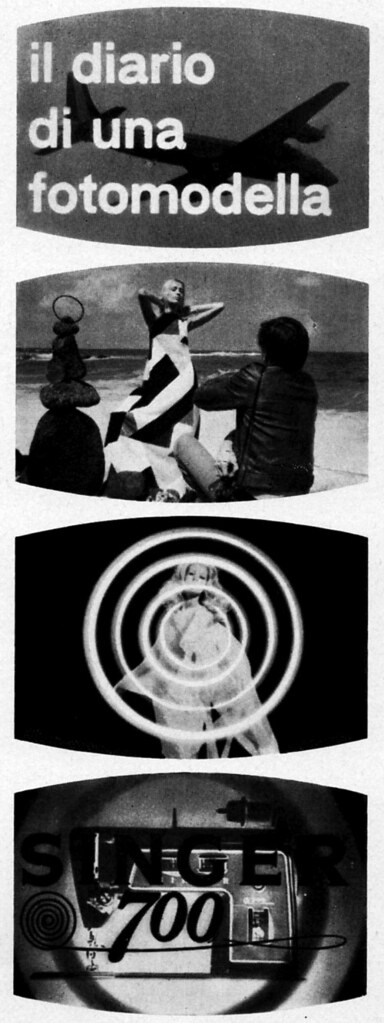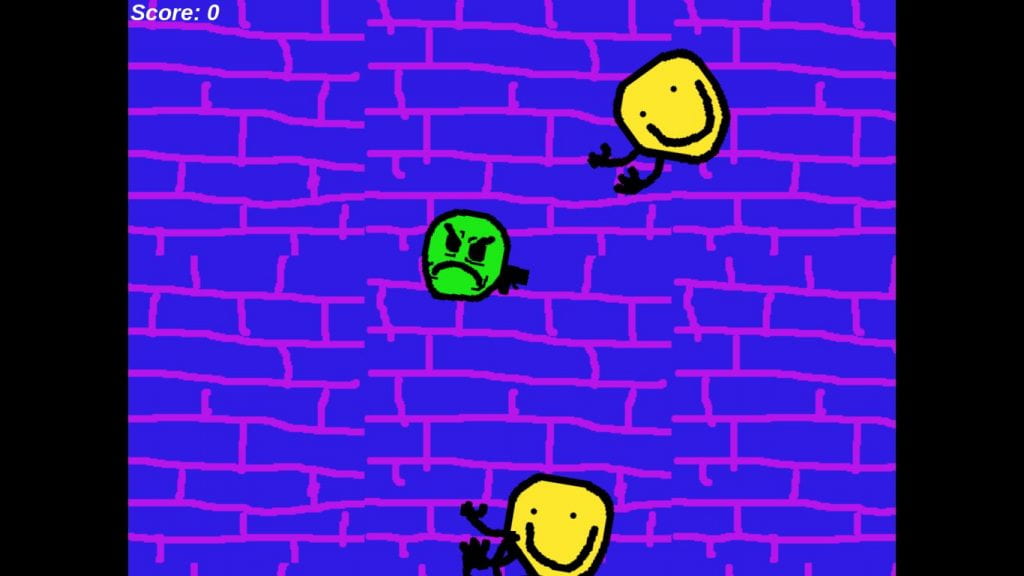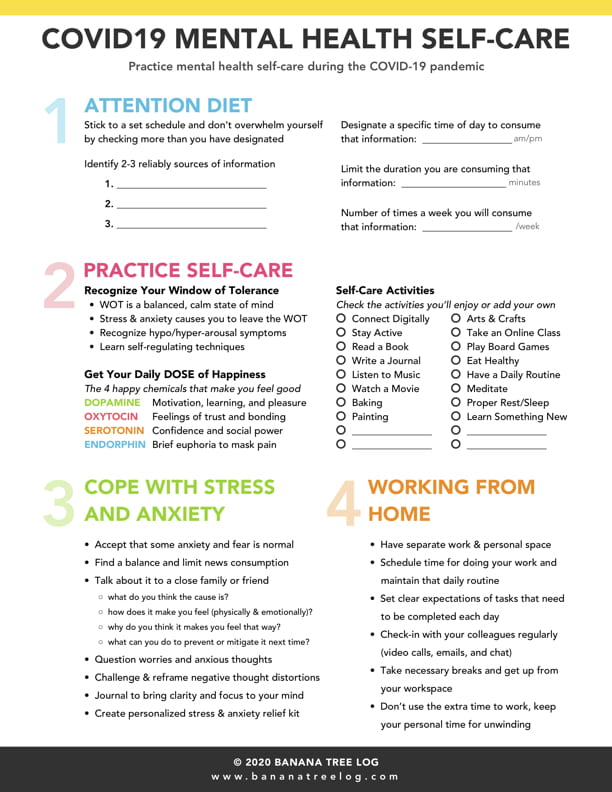
1918-1928: The Triumph of American Film…
- Citizen Kane (1941) dir. Orson Welles
- One of the first movies that shows Hollywood using light really well
- The Thief of Bagdad (1924) dir. Raoul Walsh
- This movie had massive sets that were only possible because of the space in Hollywood. This movie used soft lighting on the main characters. The theme is shown out right. The film makes the audience feel how the characters feel.
- Desire (1936) dir. Frank Borzage
- This movie used new make up techniques never before used until Hollywood
- Gone with the Wind (1939) dir. Victor Fleming
- Used dolly cameras to make smooth movements with the camera
- Gold Diggers of 1933 (1933) dir. Mervyn LeRoy
- Mervyn LeRoy made abstract scenes with patterns
- Singin’ in the Rain (1952) dir. Gene Kelly and Stanley Donen
- Attention of detail began to rise and in Singing in the Rain, shadows had light to them
- The Maltese Falcon (1941) dir. John Huston
- Had hard lighting, dark shadows, and night time settings to make a ganster setting.
- The Scarlet Empress (1934) dir. Josef von Sternberg
- Used flashy wardrobes and fancy settings
- The Cameraman (1928) dir. Edward Sedgwick and Buster Keaton
- The director shows how he feels about cameras in this film
- One Week (1920) dir. Edward F. Cline and Buster Keaton
- The director shows his talents of making slap stick and variations of the genre
- Sherlock Jr. (1924) (introduced in Episode 1) dir. Buster Keaton
- This film shows Keatons ability to make silent films
- Three Ages (1923) dir. Buster Keaton and Edward F. Cline
- Keaton learned that films were all about looking and daring
- Buster Keaton Rides Again (1965) dir. John Spotton
- Keaton knew how to entertain. He was spontaneous and made things on the spot.
- The General (1926) dir. Clyde Bruckman and Buster Keaton
- Keaton was a master of silent comedy
- Divine Intervention (2002) dir. Elia Suleiman
- This film was inspired by Keaton
- Limelight (1952) dir. Charlie Chaplin
- Charlie Chaplin like body movement and was inspired by Keaton
- City Lights (1931) dir. Charlie Chaplin
- Rehearsed gags were important the Charlie
- The Kid (1921) dir. Charlie Chaplin
- This film tried to show Chaplin’s childhood
- Bad Timing (1980) dir. Nicolas Roeg
- Roeg shows off the small details of his characters and their intensions and insecurities
- The Great Dictator (1940) dir. Charlie Chaplin
- Chaplin knew how to perfectly portray characters. In this film he made Hitler seem like a bad person but keep the film light hearted.
- Monsieur Hulot’s Holiday (1953) dir. Jacques Tati
- An example of Chaplins influence on other films
- Toto in Color (1953) dir. Steno
- Example of Chaplins wardrobe style on other films
- Awaara (1951) dir. Raj Kapoor
- In this film, Kapoor tried to write his characters to replicate Chaplins style and characters.
- Sunset Boulevard (1950) dir. Billy Wilder
- Chaplin became a big name and people tried to replicate him and his styles in their own movies.
- Some Like It Hot (1959) dir. Billy Wilder
- Chaplin liked to redo old scenes he has done in the past to make them better.
- Luke’s Movie Muddle (1916) dir. Hal Roach
- At first Harold Lloyd tried to replicate Chaplin’s style
- Haunted Spooks (1920) dir. Alfred J. Goulding and Hal Roach
- Then he tried to make his own style of character
- Never Weaken (1921) dir. Fred C. Newmeyer and Sam Taylor
- This new style of character and Harold Lloyd’s athleticism made his film have a certain perk to it.
- Safety Last! (1923) dir. Fred C. Newmeyer and Sam Taylor
- This film show cased Llyod’s athleticism
- I Flunked, But… (1930) dir. Yasujirō Ozu
- This film replicated Harold Lloyd
- …And the First of its Rebels
- Nanook of the North (1922) dir. Robert Flaherty
- This was the start of non fiction films that used real people for their actors
- The House Is Black (1963) dir. Forough Farrokhzad
- Another example of showing peoples real life in film
- Sans Soleil (1983) dir. Chris Marker
- A very different type of film idea for the time
- The Not Dead (2007) dir. Brian Hill
- This is an interview with a man and sharing his experiences with war
- The Perfect Human (1967) (shown as part of The Five Obstructions) dir. Jørgen Leth
- The Five Obstructions (2003) dir. Lars von Trier and Jørgen Leth
- Blind Husbands (1919) dir. Erich von Stroheim
- Stroheim made simple but detailed films
- The Lost Squadron (1932) dir. George Archainbaud and Paul Sloane
- He loved to convey realism in film
- Greed (1924) dir. Erich von Stroheim
- Stroheim loved the realism and showed every small detail in his stories. In this film the color yellow represents greed and corruption and the film slowly becomes more yellow.
- Stroheim in Vienna (1948)
- Stroheim’s obsession for realism made it so no one wanted him to direct their films anymore
- Queen Kelly (1929) (shown as part of Sunset Boulevard) dir. Erich von Stroheim
- The Crowd (1928) dir. King Vidor
- This film was the best social problem film of its time
- The Apartment (1960) dir. Billy Wilder
- The Trial (1962) dir. Orson Welles
- Aelita: Queen of Mars (1924) dir. Yakov Protazanov
- Posle Smerti (1915) dir. Yevgeni Bauer
- The Passion of Joan of Arc (1928) dir. Carl Theodor Dreyer
- Ordet (1955) dir. Carl Theodor Dreyer
- The President (1919) dir. Carl Theodor Dreyer
- Vampyr (1932) dir. Carl Theodor Dreyer
- Gertrud (1964) dir. Carl Theodor Dreyer
- Dogville (2003) dir. Lars von Trier
- Vivre sa vie (1962) (introduced in Episode 1) dir. Jean-Luc Godard






